DLL Not A Valid Win32 Application [8 Easy Fixes]
DLL not a valid Win32 application is one of the many DLL errors that can occur on Windows. It happened to me when trying to open a program which immediately shut down after clicking ok. It’s frustrating because Windows doesn’t give a detailed explanation of how to fix it. However, I researched all over the internet and found some simple things you can do to solve the problem and get your programs running again.
What does the DLL not a valid Win32 application mean?
This DLL error typically occurs when a program requires a dynamic link library (DLL) file that is not compatible with the 32-bit version of Windows. The message indicates that the DLL is intended for a different architecture, such as 62-bit or an entirely different version of Windows. For example, running a Windows 7 DLL on Windows 11 system.
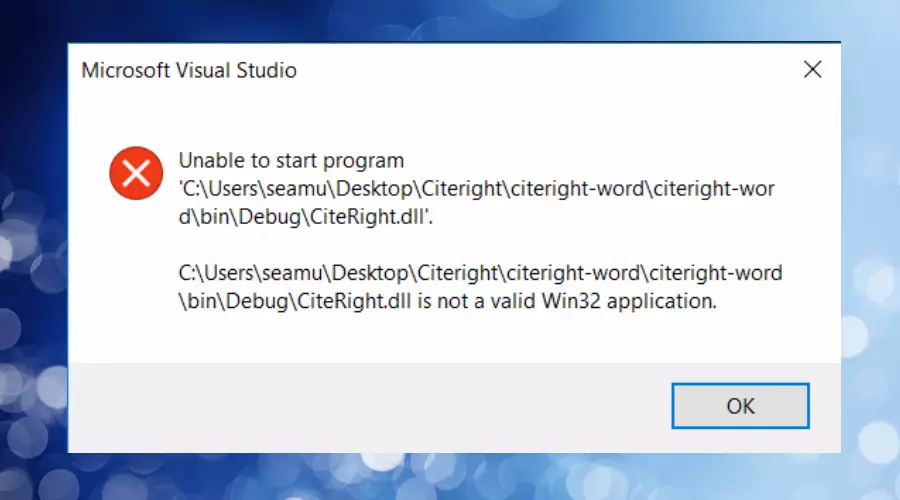
It’s also common for the error to occur because the DLL file has become corrupted by malware, a broken Windows Registry, or badly coded software. The software itself may be calling for the wrong type of DLL, which may be a mistake made if you’re developing and debugging your own program.
How to fix DLL not a valid Win32 application error
There are several ways to fix this error, depending on your situation. Here’s everything you need to know:
1. Reinstall the software
If the error is occurring with a specific piece of software, especially if it was recently installed, something might have gone wrong with the process. The first step is to simply reinstall the software to see if it solves the problem. Likewise, if the DLL was bundled with the software and subsequently got corrupted, reinstalling it should replace it with a fresh copy.
2. Download the correct software version
Software for Windows is often released for both the 32-bit and 64-bit architectures. It’s possible you downloaded the wrong version, so check the software, and if available, download the correct version for your operating system.
Note: Always download software from the developer’s official site where possible. Software repositories often lack all the available versions and can bundles unwanted add-ons that can interfere with Windows.
3. Try Compatibility Mode
If the program is not usually compatible with your version of Windows, you can try launching it in compatibility mode. This allows you to run programs using the same environment as older Windows releases.
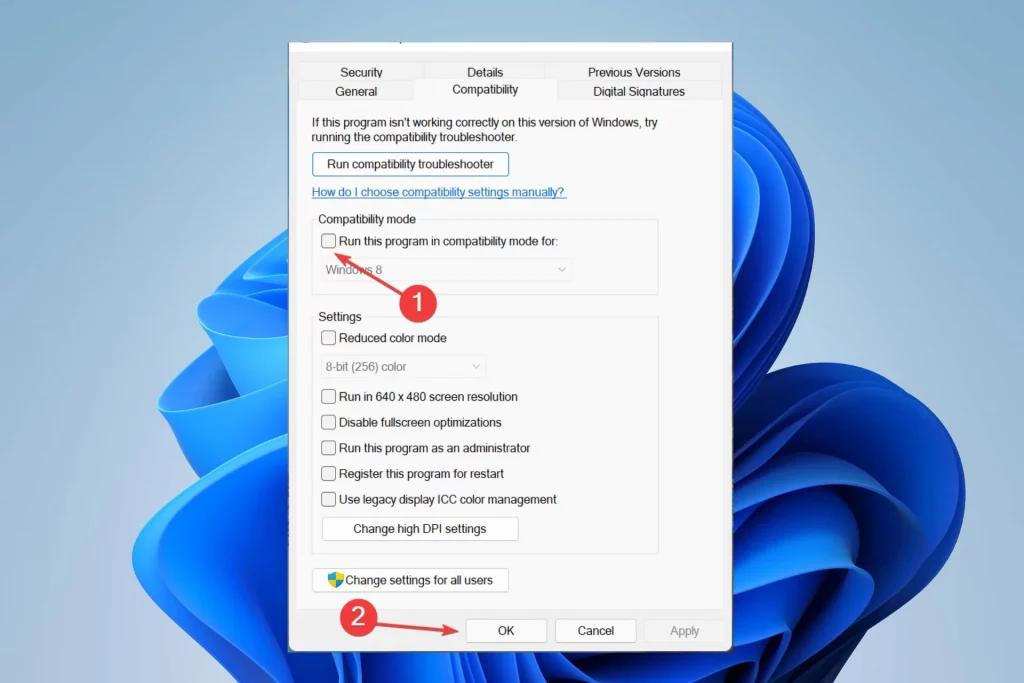
- Right-click the executable (.exe) file or shortcut to the program, go to properties, and click the compatibility tab.
- Check the box Run this program in compatibility mode for and choose an earlier version of Windows from the drop-down menu.
Note: This will only work if the DLL is intended for an earlier version of Windows. If you’re using Windows 10 and the DLL is for Windows 11, it’s not going to work.
4. Scan for Malware
It’s always wise to scan for malware and viruses if you face any type of Windows error. Even if the above fixes work, an underlying threat could retarget the program and force you to repeat it.
While Windows Defender is adequate in most cases, a third-party antivirus program such as Avast or Bitdefender is also worth having on hand.
5. Check System Files
If certain Windows system files are corrupted, it can lead to DLL errors. The operating system comes with built-in system file and health checkers that can scan for problems are replace damaged files.
1. In the Windows start menu search bar, type CMD, click run as administrator and type the following command followed by the enter key:
sfc /scannow
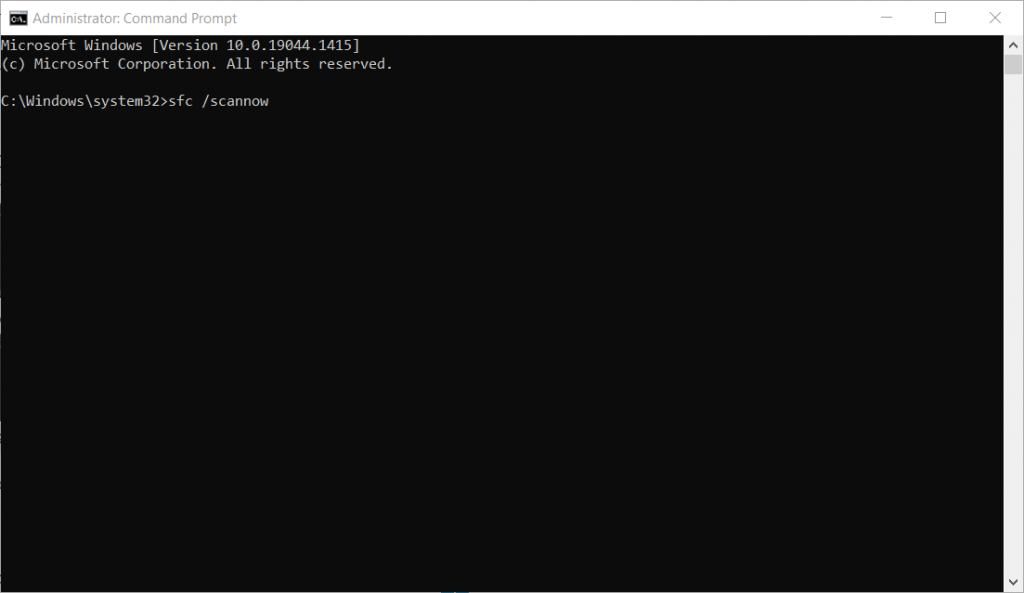
2. Let the scan complete and allow Windows to restart if prompted.
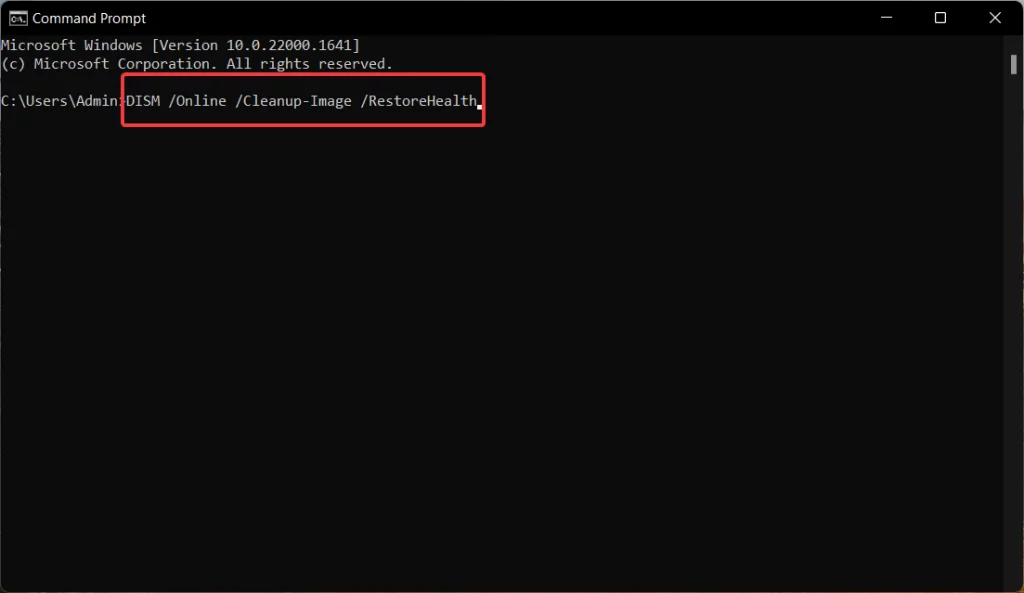
3. Repeat the process and enter the following command:
DISM /Online /Cleanup-Image /Restorehealth
6. Locate the correct DLL online
You can find a valid 64-bit or other version of the DLL file online if the error message states the name of the DLL.
1. Search this on Google along with 64-bit and your Windows version, e.g., DLLname.dll 64-bit Windows 10.
2. You must then place this in the correct folder. This could be the program’s installation folder or the shared DLL libraries folder, most commonly C:\Windows\System32 or C:\Windows\SysWOW64.
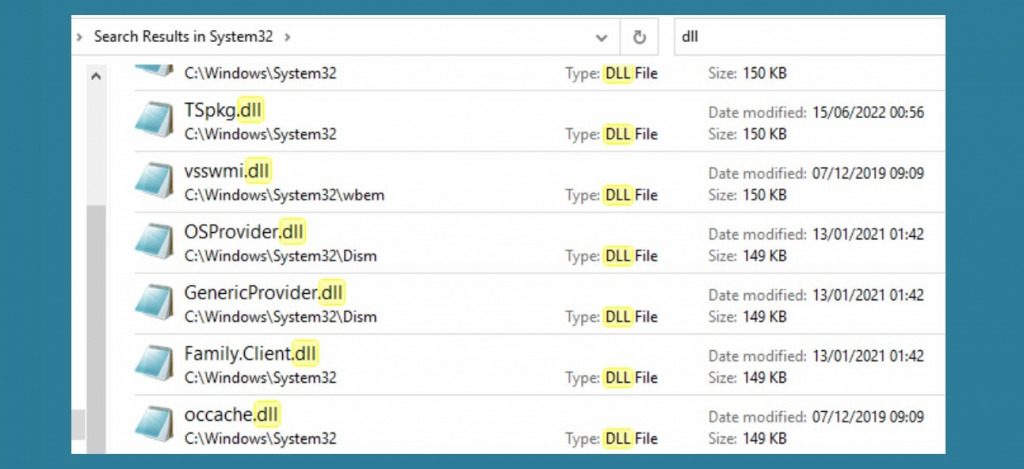
You may also need to register the DLL with Windows so it is recognized by the registry. To do this:
3. In the Windows start menu search bar, type CMD, click run as administrator and enter the cd command followed by the path to the folder where the DLL is located, for example:
cd C:\Windows\System32
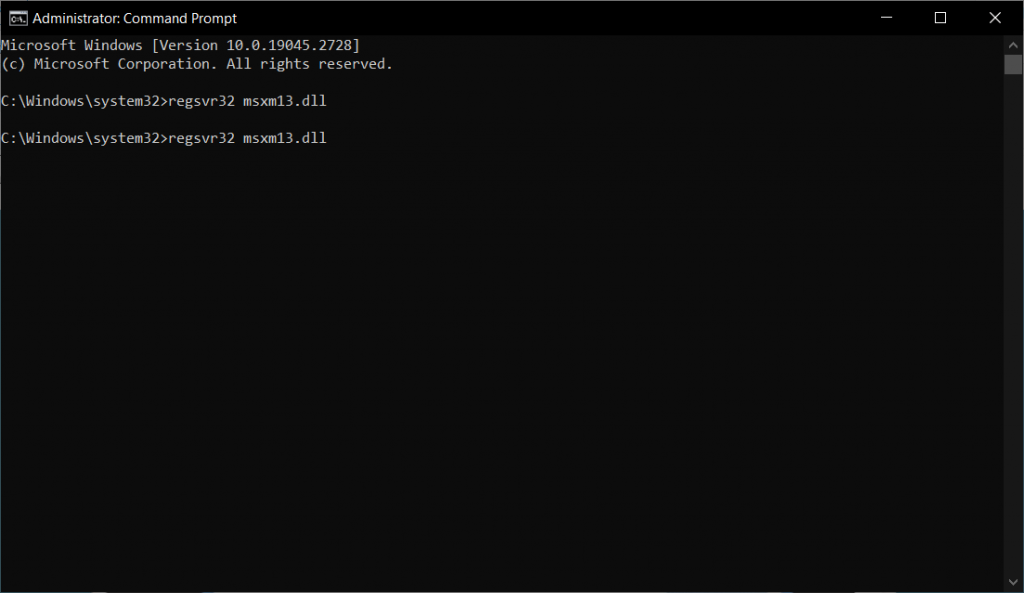
4. You must then use the regsvr32 command followed by the DLL name, for example:
regsvr32 DLLName.dll
5. After the confirmation message, restart your PC if prompted.
Note: This process can be confusing for some users and there’s also the risk that DLL files you find online are not legitimate. To skip this step, you can use a reputable DLL fixer or Windows repair tool.
7. Check Shell32.dll is running properly
Shell32.dll is a vital system file which required any time you run a program and is the DLL that helps initiate all DLLs.
When the file is corrupted or becomes unregistered, it can lead to other DLLs displaying the Win32 application error.
If this occurs with every program, it’s a strong sign that there’s an issue with Shell32.dll, so it’s wise to check that it is still located in:
C:\Windows\System32\shell32.dll for 32-bit Windows.
C:\Windows\SysWOW64\shell32.dll for 64-bit Windows.
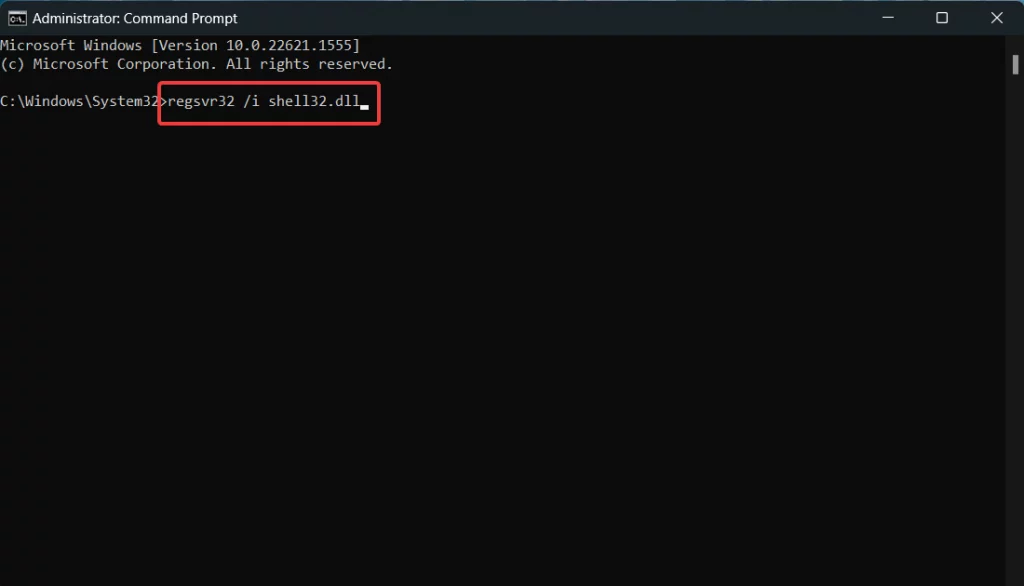
Even if it’s there, you may need to re-register it using the following steps:
1. In the Windows start menu search bar, type CMD, click run as administrator and enter the following command depending on your OS:
C:\Windows\System32>regsvr32 /i shell32.dll
C:\Windows\SysWOW64>regsvr32 /i shell32.dll
2. After the confirmation message, restart your PC if prompted.
8. Use a DLL fixer or Windows repair tool
A DLL fixer is a tool that scans your system or chosen software folder to detect missing or corrupted DLLs before locating them online and replacing them automatically.
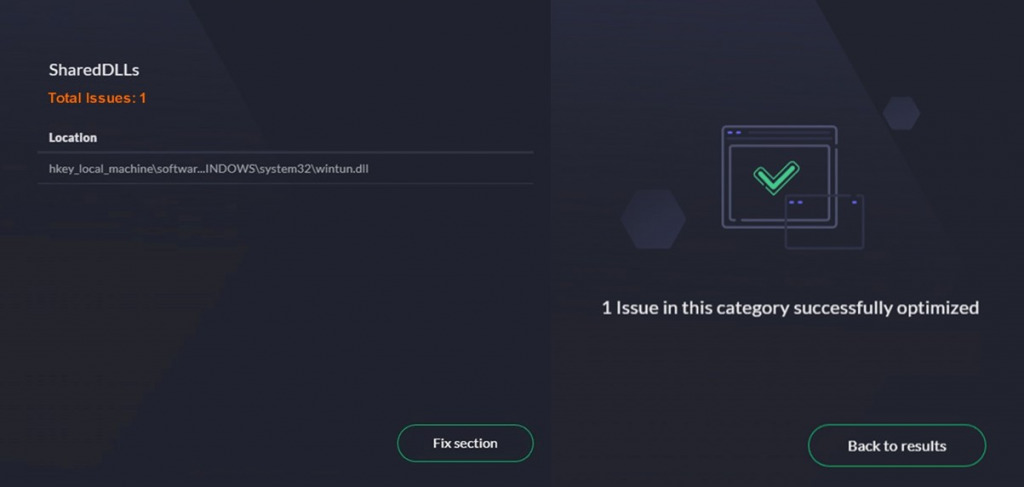
We recommend using Fortect because it fixes DLLs along with corrupted system files and broken registry entries, which could be the cause of the error in the first place. It also cleans junk files and detects potentially unwanted programs (PUP), which could be malware
- Download and Install Fortect and install it on your PC.
- Click full system scan to detect all the problems on your Windows system.
- Click Start Repair to repair everything, including corrupted system files, damaged registry entries, and DLL errors.
- Restart your PC when the process is completed and try the program again.
Conclusion
The DLL not a valid Win32 application message is frustrating when you’re trying to run a program. Fortunately, it is not a major error and doesn’t usually mean there’s serious damage to Windows. It simply means the DLL being called is not compatible.
By following the steps above and using a good DLL fixer and Windows repair tool, you can get the program and your system running at optimal performance.




